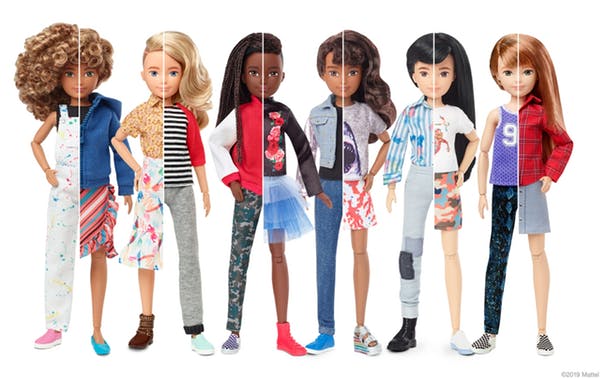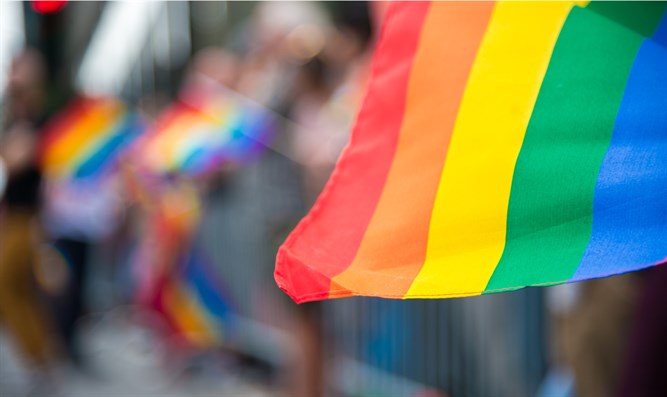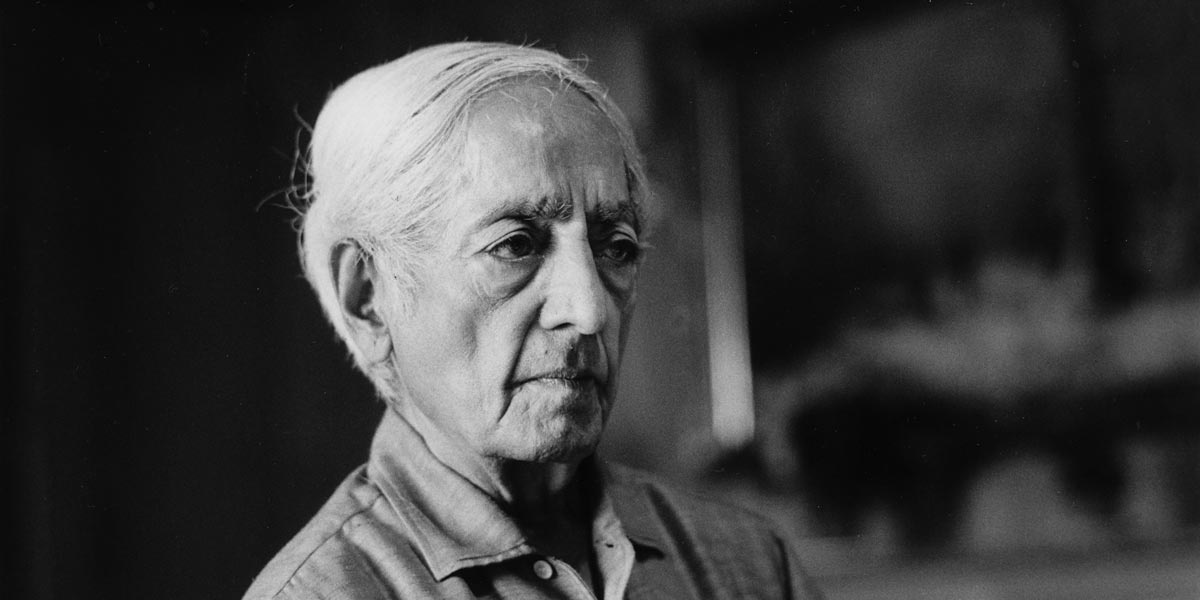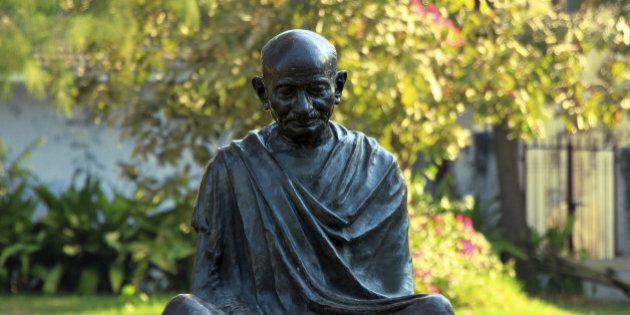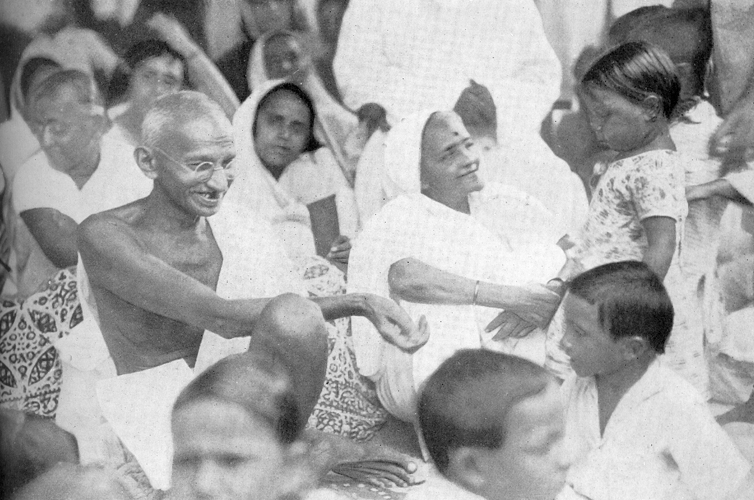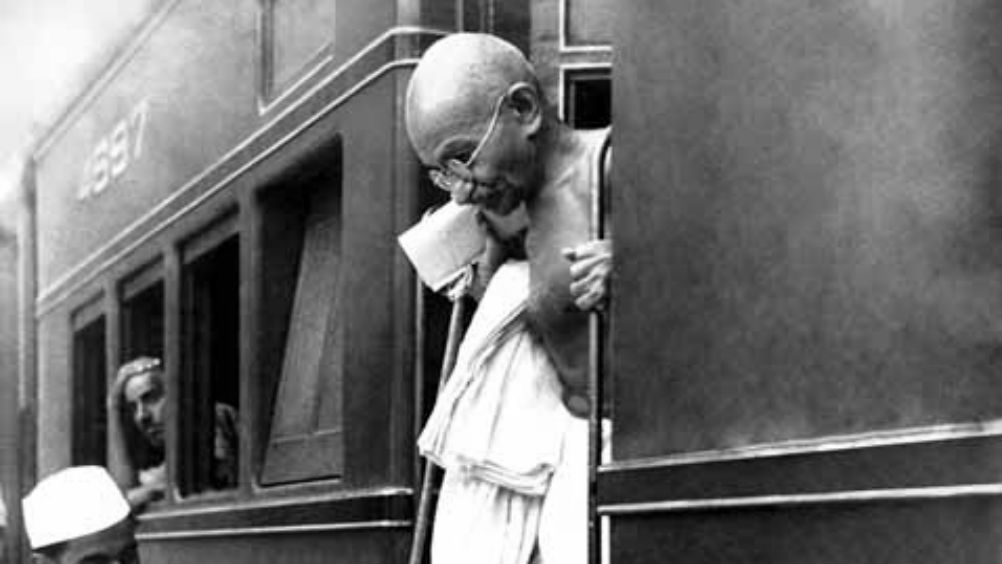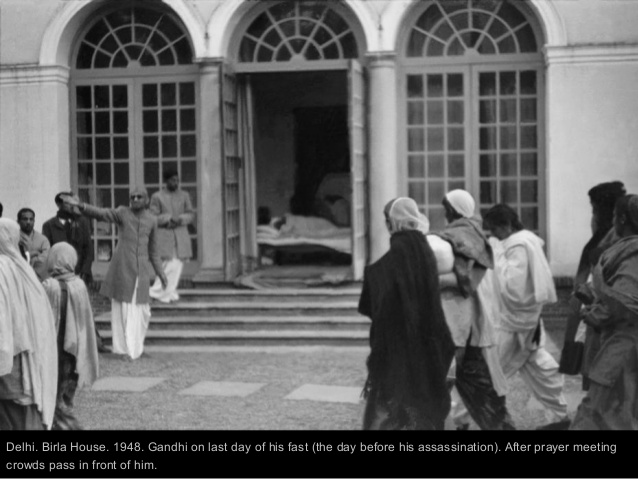
We find ourselves amid the coronavirus pandemic and as nation-states across the world insist on social distancing, many pride parades and events are being postponed and are being put on hold. The month of June is globally celebrated as the Global Pride Month and is extremely important for commemorating the decades long struggles of the LGBTQ community towards freedom, dignity and recognition by the mainstream.
The month of June holds an extremely important place on the calendars of LGBTQ community members across the globe. The month of June is also known as the ‘Pride Month’ and it is a time when the world’s LGBTQ community comes together to celebrate and commemorate their struggle for freedom, dignity and recognition in the mainstream world order. We know that pride gatherings are embedded in the history of minority peoples who have had to struggles for decades against stigma, prejudice, injustice and indignity before being accepted for who they really are. The reason why the month of June is known as the ‘Pride Month’ is because the original organisers selected this month to pay homage to the Stonewall Uprising that took place in June 1969 in New York City.
It was this important event that sparked off the modern gay rights movement and made it almost like some sort of convention for most pride events to take place in the month of June, even though there are many cities across the world that organise them throughout the year.
Over the years, the pride events across the world have begun to see the participation of straight people too because such events strongly uphold the values of equality, justice and freedom and tend to ring a bell with anybody who believes in such values.
But the pride events have become specially liberating for people who feel like their sexual identities cannot be defined by mainstream conventions. The acronym LGBTQ stands for lesbian, gay, bisexual and transgender but the term is sometimes also extended to become LGBTQIA (including queer, intersex and asexuals).
The term ‘Queer’ is more like an umbrella term for anybody who doesn’t fall into a straight sexual orientation, whereas intersex refers to anyone whose sex hasn’t been clearly defined due to genetic, biological or hormonal issues and asexual includes those who don’t experience sexual attraction. The ambit of these terms may also include people who are gender fluid or those whose identification with a particular gender shifts over time.
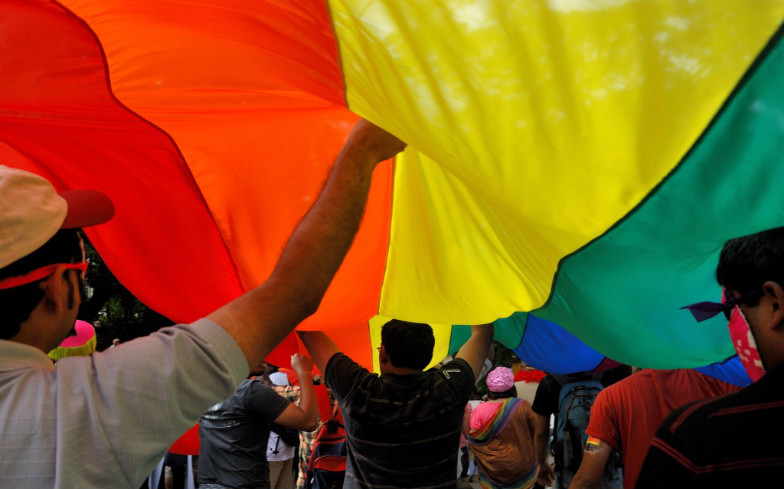
Why the Stonewall Uprising is Important as a Stepping Stone to the Gay Rights Movement
What happened on June 28,1969 was historic in many ways because it brought the oppressions and injustices perpetrated on the gay community in New York to a culmination and lit the flame of a long-standing movement for claiming back lost dignity.
On this fateful day, police raided a gay bar called Stonewall Inn, in New York’s Greenwich Village and began hauling customers who were waiting outside. This led to escalation of tensions and the patrons resisted arrests and a group of bystanders began showing bottles and coins at the officers. It was clear that New York’s gay community had had enough of harassment and indignity at the hands of the authorities and in the days that followed violence broke out in the form of riots throughout the city.
This day marked a significant move by the community of gay people in America and laid the foundation for the emerging gay rights movement as many organisations like the Gay Liberation Front and the Gay Activist Alliance got formed. These organisations took inspiration from the civil rights and women’s movements that had taken place earlier. The Stonewall Uprising brought gay issues to the forefront and strengthened the movement for reclaiming their rights and dignity.
It was a year after the Stonewall Uprising that the nation’s first set of Gay Pride marches were held.In 2016, the area around the Stonewall Inn was declared a national monument.
The name ‘Pride’ can be credited to a bisexual activist Brenda Howard, nicknamed “Mother of Pride”, who had organised the first Pride Parade in order to commemorate the one-year anniversary of the Stonewall Uprising.
It may also be interesting to learn that the it was in 1978 that one of San Francisco’s first openly elected gay officials, Harvey Milk asked his activist friend Gilbert Baker to design a flag for the Pride march and thereby the colourful rainbow patterned flag came into being. Through its myriad colours, the flag portrays the diversity of groups that are part of the broad gay community.
Today the Pride movement stands for the promotion and awareness of self-affirmation, equality, dignity and increased representation of the gay, lesbian, bisexual and transgender people as a distinct social group. The movement highlights the importance of “pride” as opposed to shame and reinforces the underlining motivation that forms the soul of the movement.




